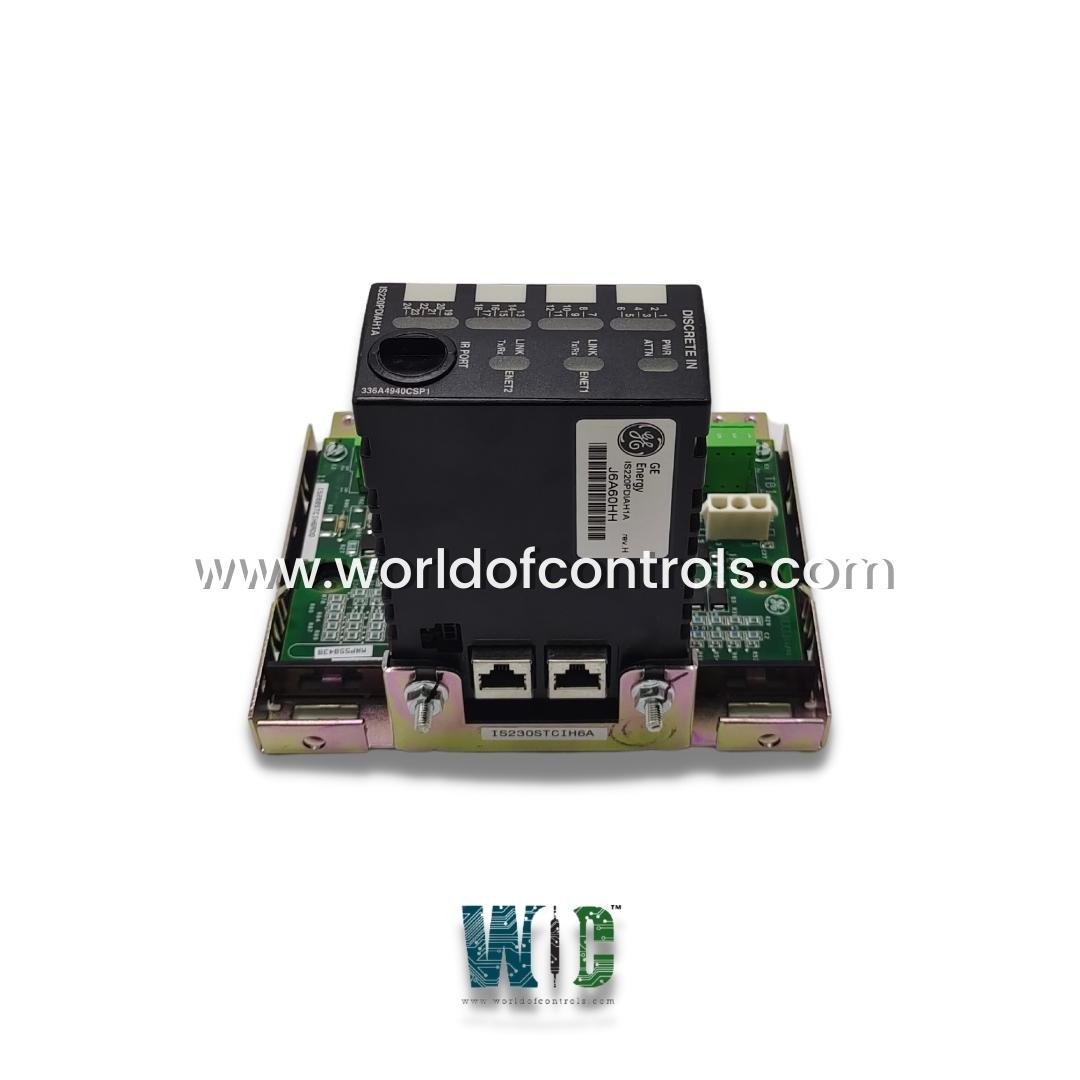
World Of Controls understands the criticality of your requirement and works towards reducing the lead time as much as possible.
IS230TNDTH4A - Discrete TMR DIN-Rail Module is available in stock which ships the same day.
IS230TNDTH4A - Discrete TMR DIN-Rail Module comes in UNUSED as well as REBUILT condition.
To avail our best deals for IS230TNDTH4A - Discrete TMR DIN-Rail Module, contact us and we will get back to you within 24 hours.
Part No.: IS230TNDTH4A
Manufacturer: General Electric
Product Type: Discrete TMR DIN-Rail Module
Mounting: DINrail
Size: 15.9 cm high x 17.8 cm wide
Technology: Surface-mount.
Humidity: 5 to 95% non-condensing
Availability: In Stock
Country of Manufacture: United States (USA)
Series: Mark VIe
IS230TNDTH4A is a Discrete TMR DIN-Rail Module developed by GE. It is a part of Mark VIe control system. The TMR (Triple Modular Redundancy) Mark VIe control architecture significantly enhances reliability and availability compared to a dual controller setup by incorporating advanced fault detection capabilities. In addition to the redundant features inherent in dual controllers, the TMR controller offers three independent outputs to all TMR I/O modules and employs a state variable voting mechanism rather than a jamming approach.
World of Controls has the most comprehensive collection of GE Mark VIe components. Please contact WOC as soon as possible if you require any extra information.
What is IS230TNDTH4A?
It is an Discrete TMR DIN-Rail Module developed by GE
Why is triple redundancy essential in critical applications?
Triple redundancy provides multiple independent channels for data transmission, ensuring that the system can tolerate failures without compromising functionality. This redundancy minimizes the risk of system downtime and enhances reliability, making it ideal for critical applications where uninterrupted operation is imperative.
How does the TMR approach differ from traditional fault detection mechanisms?
Unlike traditional fault detection mechanisms that rely on detecting failures and triggering failover processes, the TMR approach proactively maintains redundancy and continuously processes data, allowing for seamless operation without the need for failover time or explicit fault detection.